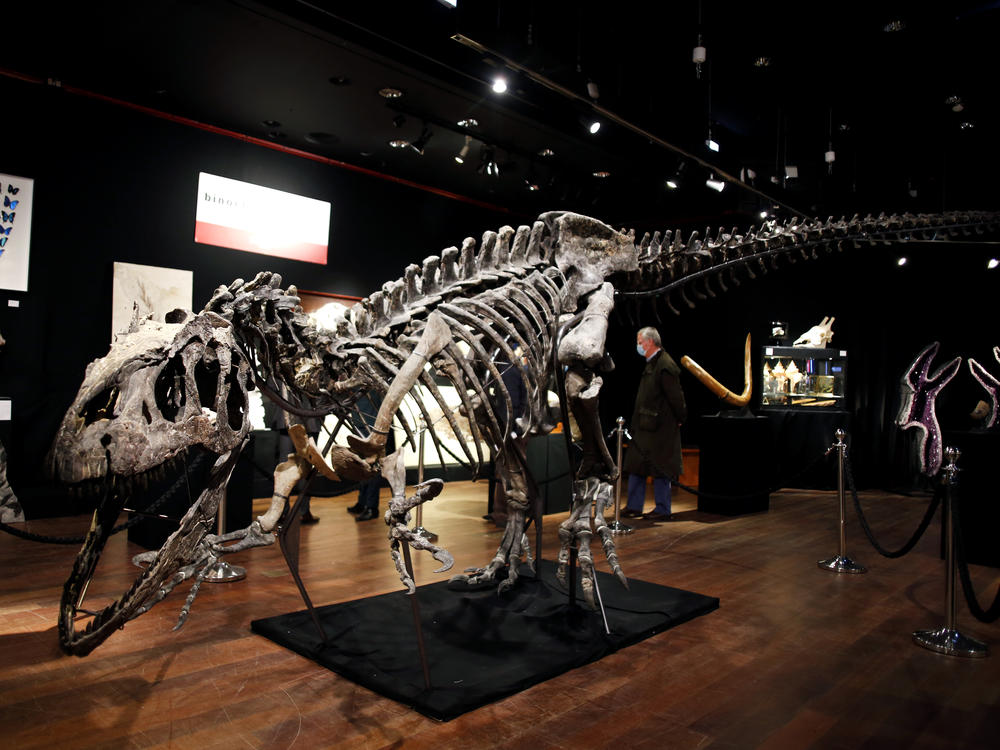Section Branding
Header Content
Dinosaur-Killing Impact Came From Edge Of Solar System, New Theory Suggests
Primary Content
For decades, the prevailing theory about the extinction of the dinosaurs was that an asteroid from the belt between Mars and Jupiter slammed into the planet, causing cataclysmic devastation that wiped out most life on the planet.
But new research out of Harvard University theorizes that the Armageddon-causing object came from much farther out than originally believed.
According to this new theory, the devastation came not from a relatively nearby asteroid, but from a sort of long-distance comet that came from the edge of the solar system in an area known as the Oort cloud.
The gravity from Jupiter pulled the comet into the solar system. At that point, according to Amir Siraj, a Harvard student who co-authored the paper with Professor Avi Loeb, "Jupiter acts as a kind of pinball machine."
The theory goes: Jupiter's gravity shot this incoming comet into an orbit that brought it very close to the sun, whose tidal forces caused the comet to break apart. Some of the comet's fragments entered Earth's orbit, and one slammed into the coast of Mexico.
So long, dinosaurs.
The theory also posits that large-impact craters, such as the so-called Chicxulub crater caused by this impact, are more likely to be made of "carbonaceous chondrite" — a primitive material dating to the beginning of the solar system. Only about 10% of asteroids in the belt are made of carbonaceous chondrite, the researchers said.
"Our hypothesis explains the composition of the largest confirmed impact crater in Earth's history as well as the largest one within the last million years," the authors wrote.
Although Siraj and Loeb's novel theory has raised eyebrows among the scientific community, it has also been criticized. "I believe their work has several intrinsic problems," Bill Bottke, a planetary scientist at the Southwest Research Institute in Boulder, Colo., told The New York Times.
For instance, Bottke says, the proposed model overestimates how frequently long-period comets actually get pulled apart by the sun. "There's still wiggle room if somebody really wants it to be a comet," he said. "I just think making that case is really hard."
Copyright 2021 NPR. To see more, visit https://www.npr.org.

